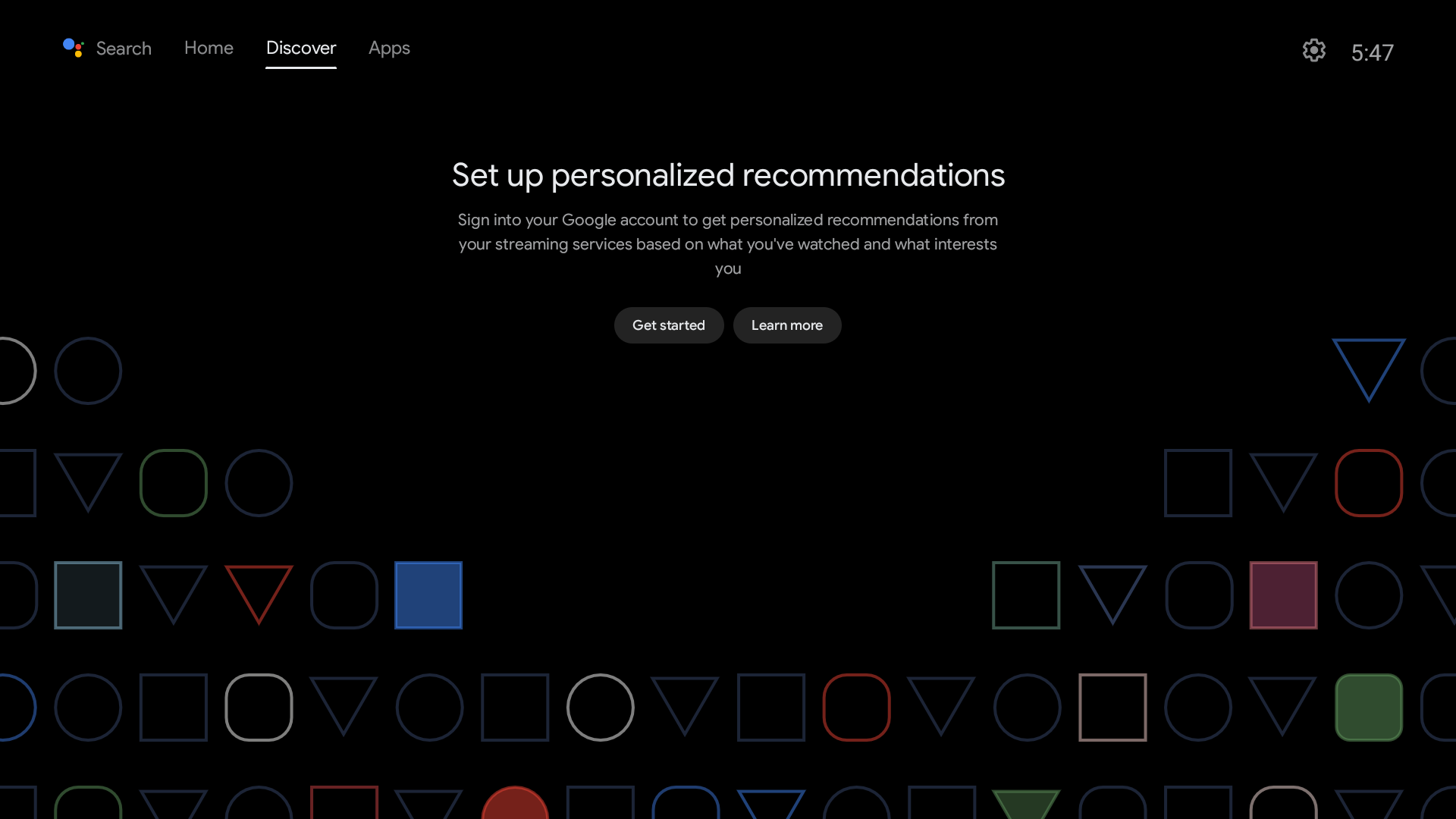Template:Android12
Contents
1 Work with Android
Android include the following features:
- There are two versions, TV and Tablet;
- Support infrared remote control (only for models with Ir Receiver);
- Support Bluetooth remote control (requires USB or M.2 Bluetooth module);
- Support wired network;
- Support WiFi (requires external USB or M.2 WIFI module);
- Support video hard decoding;
1.1 WiFi models supported by Android
1.1.1 M.2 WiFi Module
- RTW8822CE
1.1.1.1 Usb Dongle
- RTL8821CU (Vid: 0BDA, Pid: C811) (Test sample:TP-Link TL-WDN5200H)
- RTL8812AU (Vid: 0BDA, Pid: 8812)
- MediaTek MT7662 (Vid: 0E8D, Pid: 7612) (Test sample:COMFAST CF-WU782AC V2)
1.2 Bluetooch models supported by Android
1.2.1 Bluetooth Adapters
- RTL8761B (Test sample:UGREEN CM390 Bluetooth 5.0 USB Adapter)
- CSR8510 A10 Bluetooth Dongle 0a12:0001
1.2.2 Bluetooth Remote
- Amazon Fire TV Remote
1.3 How to use ADB
1.3.1 USB connection
Please note: After turning on the ADB, the USB3 port will work in Device mode, if you need to connect a device such as a USB stick, you need to turn off the ADB and restart the board
In general, ADB is disabled by default, please follow the steps below to enable it:
- Connect your development board to your computer using a USB A-to-A data cable, referring to the figure below, be sure to connect it to the USB port closest to the edge:
1.3.2 For Android Tablet
- Go to Settings -> About tablet -> tap the "Build number" at the bottom of the screen 7 times in a row;
- Go to Settings -> System -> Advance -> Developer options, and check the box for USB debugging;
- Reboot
1.3.3 For Android TV
- Click the Settings icon -> Device Preferences -> About -> tap the "Android TV OS build" at the bottom of the screen 7 times in a row;
- Click the Settings icon -> Device Preferences -> Developer options, and check the box for USB debugging;
- Reboot
1.3.4 Using ADB
- Install ADB drivers and commands based on your operating system;
- Normally, the Android status bar will prompt "USB debugging connected", indicating that ADB has been enabled. Enter the following command on your computer to check the connection:
$ adb devices List of devices attached 27f7a63caa3faf16 device
- Enter adb shell:
$ adb shell
nanopi3:/ $1.4 Expanding the Storage Partition
If Android is installed on an SD card, after burning the image to the SD card, do not insert it into the target board and start it up. Instead, execute the following commands on a Linux computer to expand the partition first:
echo "write" | sfdisk /dev/sdX -q --force parted -s /dev/sdX unit % resizepart 14 100 print
Please replace /dev/sdX with the actual device name of your SD card, and 14 with the sequence number of the last partition on your SD card.
If Android is installed on eMMC, you can start a Linux system (such as Ubuntu or Debian) from an SD card and perform the same operation on the eMMC device via the command line. The device name for eMMC is usually /dev/mmcblk2.
If the Android system has already been booted and you need to restore the factory settings after expanding the partition, for example, if the system is an Android tablet, the option to restore factory settings can be found here:
Settings -> System -> Reset options -> Erase all data(factory reset)
Using EFlasher to burn the Android image to eMMC will automatically expand the file system.
1.5 Android下的有线网络
- 任何一个网口都能通过DHCP连接网络
- 如果想要配置静态IP,则只有 eth0 接口支持
- 某些应用可能有兼容性问题,会报没有网络连接的错误,但实际上网络是通的
